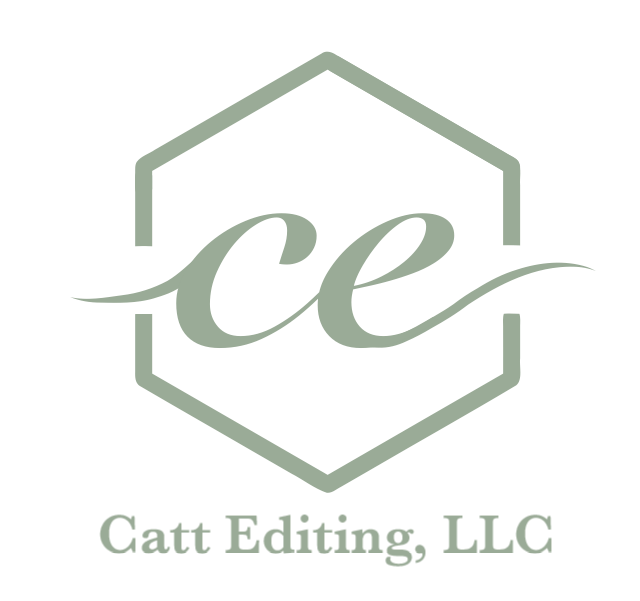Tricky Punctuation: Em Dash
Welcome back to learning about tricky punctuation!
Today we will be learning about a punctuation marks I didn’t know existed until somewhere around high school and how to use them in CMOS style. Many of these rules carry over to other style guides, but keep in mind that this was written with CMOS in mind. (If you don’t know what I just said, check out this post about style guides.)
Em dash —
This is my favorite punctuation mark. I feel so cool when I use it because not many people know how to use it correctly even though it’s not very complicated. (I think a colon is more difficult that this.) So you’re going to be one of those people who uses it correctly!
1. Breaks in sentences are indicated by em dashes. A pair of em dashes can be used to set off parenthetical insertions. Use this instead of parentheses if you’re trying to create an interruption rather than a side note. Examples,
If—when—I get the promotion, I’ll buy those shoes I’ve been wanting.
I bought some tortillas—the kind you like—so I can make enchiladas tonight.
This also works for “that is” information. Example,
I got the ingredients we were missing to make enchiladas—namely, tortillas and sauce.
Hmm, it feels like we can use parentheses or commas instead of em dashes . . . yes, that’s because you can for some of these. Em dashes just emphasize that it’s an interruption.
Do not put spaces around the em dash for CMOS style. This rule is different for AP style and Oxford style (UK) for sure, maybe others.
2. You can use em dashes for dialogue (but I never see it). Example,
—What did he look like?
—He had black hair and blue eyes. He was tall and thin.
I feel like I never see this in writing, but it’s technically a use for em dashes. There you go.
If you’re looking to level up your writing, throw in an em dash! It makes you look like you know what you’re doing—but only if you use it correctly. ;)
Now that you know how to use em dashes, practice, practice, practice. The more you use it, the more comfortable you get with using it properly. To learn about colons, parentheses, or semicolons, click on the words!
I hope you learned a lot! If you have more questions about any of these topics, feel free to email me! If you’re looking for more professional help on punctuation, you can hire me as an editor or proofreader! Contact me here! Happy writing!
To get updates about more free tips and advice from experts (like this), make sure to subscribe here!
